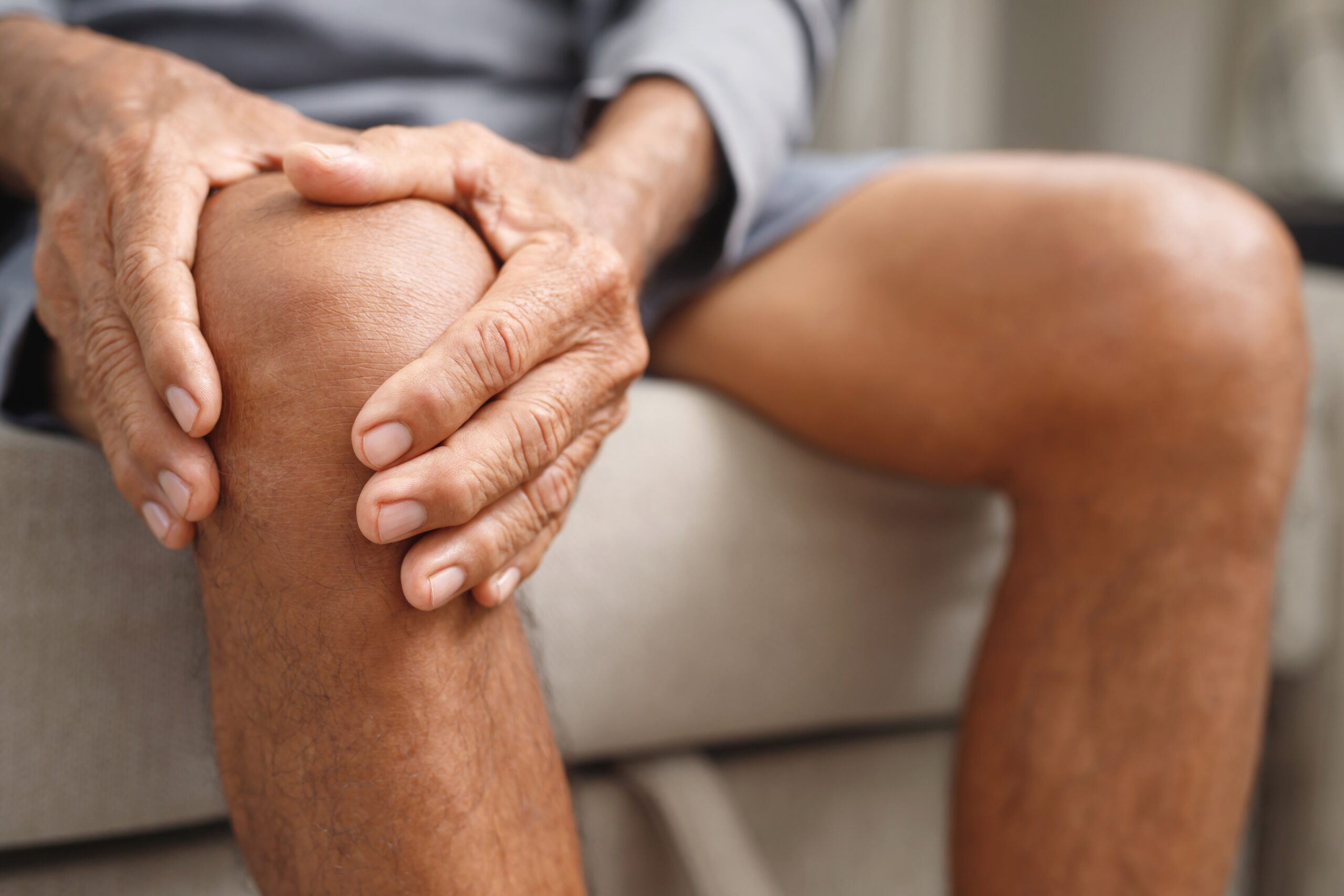Table of Contents

Creaky knees, stiff hips, achy shoulders ― the all-too-common calling cards of aging joints.
But succumbing to a sedentary life only exacerbates the discomfort.
Jumpstarting a joint-smart fitness routine is the surest path to restoring suppleness and stamina after 50.
How Exercise Lubricates Joints
Conceptualizing exercise as a healing salve for arthritic joints seems counterintuitive. Yet, movement is the most potent medicine.
Physical activity prompts the release of synovial fluid, the body's natural joint lubricant. This viscous liquid nourishes cartilage, reduces friction, and helps absorb impact.
Strengthening the muscles surrounding joints provides crucial support and stability. Well-conditioned muscles assume more of the physical stress, sparing overtaxed joints. Improved flexibility through stretching exercises enables a wider range of motion, combating stiffness.
Low-Impact, High-Reward Exercises
Protecting vulnerable joints is critical. High-impact, jolting activities can accelerate wear and tear. Opt instead for gentler, low-impact exercises that minimize joint stress:
- Swimming and water aerobics: Water's buoyancy reduces bodyweight's burden on joints while providing ample resistance for a full-body workout. Vary strokes to target different muscle groups.
- Yoga and Pilates: Fluid, controlled movements bolster strength, balance, and flexibility. Props and modifications tailor poses to individual abilities and limitations.
- Cycling: Pedaling is kind to knees while building cardiovascular endurance and leg power. A stationary bike eliminates balance concerns.
- Elliptical machines: These low-impact cardio workhorses simulate jogging minus the joint pounding. Moving handles add an upper body challenge.
Form Is Paramount
Exercising with poor technique can worsen joint woes. Prioritize quality over quantity.
Engage a physical therapist or certified trainer to learn proper form for each exercise.
Aim for smooth, controlled movements. Focus on engaging the intended muscles while minimizing momentum. Maintain a neutral spine and activated core throughout.
Stop if pain arises and reassess your form.
Therapeutic Complements
Amplify exercise's joint-soothing effects with complementary therapies:
- Physical therapy to address muscular imbalances and alignment issues
- Massage to alleviate tension and promote circulation
- Heat therapy to relax muscles pre-workout; ice to quell post-exercise inflammation
- Braces or kinesio tape for extra joint support and stability
Consistency Trumps Intensity
When embarking on a joint-friendly fitness plan, think marathon, not sprint. Consistency and longevity matter more than intensity.
Start slowly with a few weekly sessions. Gradually increase duration and frequency as your body adapts.
Resist the urge to overdo it. Overexertion increases injury risk and sabotages progress.
A 30-minute routine performed regularly reaps more joint rewards than sporadic hourlong workouts. Weave bite-sized exercise snacks into your daily routine, like a 10-minute morning yoga flow or lunchtime swim.
Respect Rest
Adequate recovery between workouts is vital, especially for mature joints. Alternate exercise days with restorative rest. Heed your body's cues.
A rest day may be wise if joints feel especially tender or swollen.
Embrace an Active Future
Achy joints after 50 need not consign you to the sidelines. By thoughtfully choosing low-impact exercises, honing techniques, and prioritizing consistency, you can reawaken your joints' youthful potential.
Melding movement with recovery unlocks the key to happier, healthier joints for a vibrantly active future.
